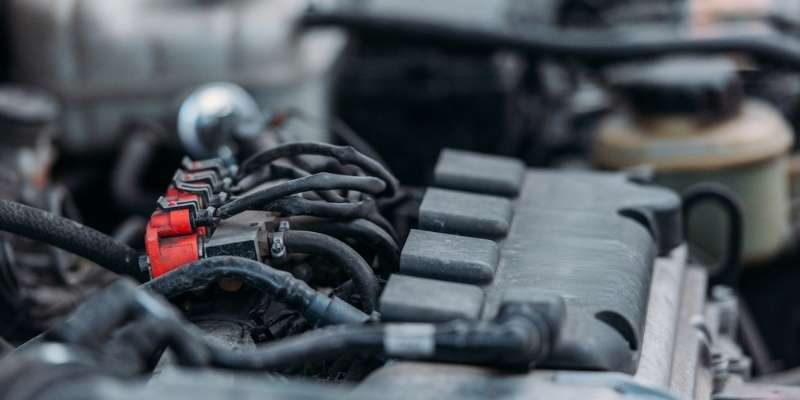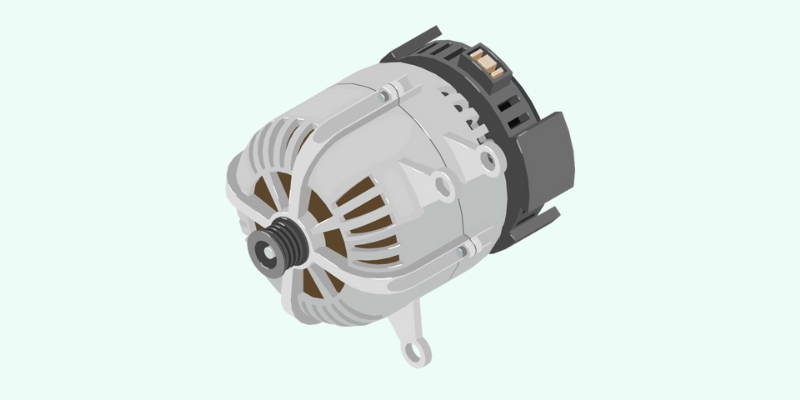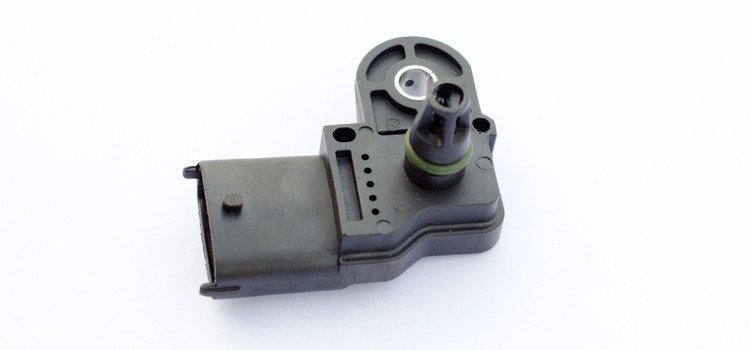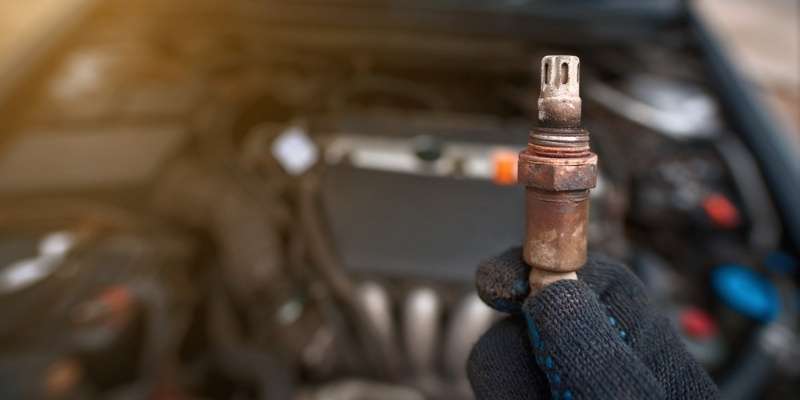One of the essential skills you would need to learn is how to bypass reduced engine power because you may probably experience your car switching to reduced engine power mode at least once in the car’s lifetime. Hence, you should know what to do.
A reduced engine power usually triggers the Examine Engine light to turn on, notifying the driver to check out what could be wrong with the vehicle’s engine through critical inspection. The reduced engine power mode is also known as “limp-in mode.”
Most vehicles, especially those manufactured by General Motors, are designed with a system that reduces engine power when it senses any possible challenges that might affect the car’s engine.
Once a possible challenge is perceived, the electronic command system (Electronic Control Unit – ECU) switches the vehicle to a reduced energy mode with minimized performance.
How to remove reduced Engine Power
Whenever your car’s dashboard displays the Examine Engine light or switches into the limp-in mode, it means there is an imminent problem that can affect your car’s engine if not given proper attention. Hence, understanding how to remove reduced engine power is the way out of the situation. The following steps will help you do that.
Step 1: Inspect the battery
Loose connections and battery corrosion can trigger the reduced engine power dashboard light to turn on. In that case, inspect the battery connection to ascertain if there are any loose cable connections.
Rust or corrosion can also be a challenge; hence, you will have to clean the corroded surfaces of the terminal to resolve the challenge. If the problem persists after doing these, your car’s battery may require a replacement.
Step 2: Inspect the cables
Clamps, harnesses, and loose cables are some of the most common triggers of the display of your car’s Check Engine light.
Hence, it would be best to disconnect the battery and then inspect the cables to identify any loose cables or weak connections. If you find a weak connection or loose cables, reconnect them or quickly fix any broken ones.
Step 3: Check the airflow sensor
A defective airflow sensor can also release the display of a reduced engine power warning light. This is another area you must carefully check to know whether the sensor is faulty or not.
The airflow sensor is located close to the air filter amid the air filter and the intake manifold. After locating the sensor, clean it carefully with a dry cloth, then check its operation. If the situation remains the same, you may have to change the airflow sensor.
Step 4: Check the oxygen sensor
A defective oxygen sensor could also be a culprit. It would help if you endeavored to check it too. Clean the sensor properly with a nice dry cloth, and observe its operation once more. If it doesn’t change anything, you may also have to replace the sensor.
How to disable reduced engine power
Don’t panic if you suddenly find your vehicle displaying the reduced engine power light or limp-in mode. You can simply disable it by using an OBD II scanner. To do so, follow these simple steps.
Step 1: Park the vehicle
Immediately you notice your car displaying the reduced engine power light, locate a well-secured place and park; then, turn off the vehicle. If you noticed it at home, don’t drive out until you rectify it.
Step 2: Scan using an OBD II Scanner
Since most modern cars are largely computerized, you would need an OBD II scanner to diagnose the issue by scanning through the vehicle’s computerized systems.
Step 3: Repair or replace faulty parts
After diagnosing the cause of the reduced engine power with the scanner, kindly repair or replace any faulty parts revealed by the scanner.
Most of the defective parts like loose battery cables or corrosion, faulty sensors, defective catalytic converter, faulty ECU, etc., can be fixed by appropriate reconnections or replacement of parts that can’t be repaired.
How to override engine power reduced
If you find out that any of the approaches to bypass reduced engine power above does not rectify the issue of your vehicle’s limp-in mode, kindly try these other approaches.
Step 1: Check the throttle
Your vehicle’s throttle can override the whole sensing device in a difficult condition, thereby activating the limp-in mode with the obvious warning light in front of you. If you are sure that this is the issue, the way out is to change the throttle component.
Step 2: Check the transmission fluid
If you have a low transmission oil level or a slipping clutch, the “reduced engine power” light turns on immediately, depicting an imminent challenge that can possibly affect the engine. If this is the case, kindly replace the transmission fluid.
Step 3: Inspect the catalytic converter
When your vehicle’s catalytic converter, which is located beneath the vehicle, is clogged, the limp-in mode can be triggered; and the way out is to take your vehicle to an expert auto mechanic to help you fix the issue.
Step 4: Fix the ECU
Sometimes, your car’s electronic control unit (ECU) can be facing a minor fault that automatically releases the “reduced engine power” warning light on your dashboard.
Consulting an auto technician would be best to fix the challenge, and you may have to either upgrade the ECU or buy a new one for replacement.
Whatever the problem may be, one out of the various approaches discussed above should be able to enable you to bypass your vehicle’s reduced engine power mode. Otherwise, you may have to see a professional auto mechanic.
FAQs
How much does it cost to fix reduced engine power?
You may have to check out an auto mechanic near you to find out what it would possibly take to get your car’s reduced engine power fixed.
Can spark plugs cause reduced engine power?
It is essential to keep your vehicle’s spark plugs in good shape with proper maintenance culture to enable you to avoid any of the challenges of a failed spark plug.
Is it safe to drive with reduced engine power?
Some of the challenges you would face when your car’s reduced engine power warning light is on are bad gas mileage, poor acceleration, and jerky experience while shifting gears in some cases. It would be best to fix the issue immediately instead of trying to manage it around.
Final Thought
Some cars with reduced electrical power can sometimes trigger the limp-in mode to be activated with the light on constantly. That means you have to carefully ascertain whether the mode was activated by a reduced electrical or engine power.
Knowing how to bypass reduced engine power will help you resolve the issue in any case. However, consult a professional auto mechanic in a situation where you have exhausted all you know about bypassing a reduced engine power.










